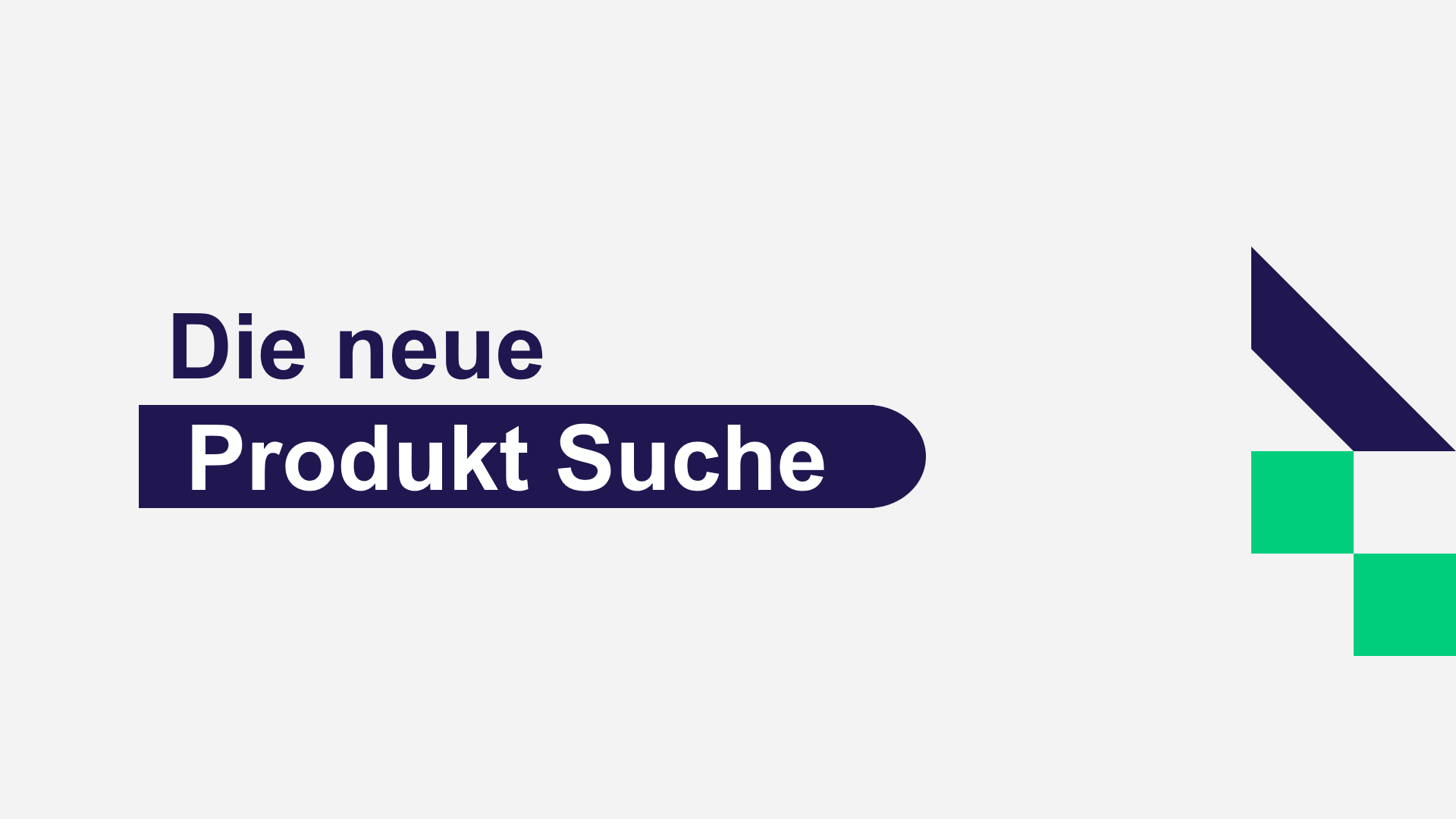Since 2022, the ECB has embarked upon a major shift in its monetary policy, as it moved away from more than a decade of ultra-low interest rates and quantitative easing, and towards a more normalized environment.
This shift has significant implications for private funding markets. After such an extended period of favorable funding conditions from the ECB, the excess liquidity that built up in the eurozone is starting to abate. As such, market participants are considering how to meet their funding needs in a near future where central bank stimulus cannot be relied on as easily. While excess liquidity is still at historically high levels, this situation is not expected to last beyond next year.
Observable changes are already taking place in Eurex’s cleared repo markets. After a period in which special repo operations rose under QE, a move towards GC Pooling repo has been underway since the ECB started hiking rates in 2022.
“Repo markets will play a very crucial role in funding plans as excess liquidity reduces further,” says Frank Gast, Managing Director and Global Head of Repo Sales at Eurex.
“In recent years, we have seen a lot of specialness in the market. A lot of single ISIN repo was being traded across bilateral and cleared markets. However, this trend was particularly acute at Eurex, with single ISIN activity constituting as much as 90% of all activity at times. That was a major shift that took place over the last five to six years, with more single ISIN liquidity at Eurex cleared repo than in GC Pooling. That then started to change about two years ago, with GC Pooling activity strongly increasing again.”
The return of GC Pooling formed part of a wider shift in market patterns, as trading strategies that had been dormant under the flattened curve conditions of QE, such as spread and arbitrage trading, re-emerged. In addition, new market entrants in cleared repo, namely buyside firms, provided an additional dynamic to the development of GC Pooling volumes.
However, the return to normalcy has been complicated more recently, after two rate cuts this year. Those actions triggered a slowdown in the uptick of GC pooling activity and term repo, as market participants assessed how deep the central bank would go with its rate cuts.
This also sparked a new burst of special repo activity at Eurex. During the long period of loose monetary policy, QE dynamics had driven demand for single ISIN repo, as the ECB flooded euro markets with cash while hoovering up bonds — creating collateral scarcity.
When rates rose, some single ISIN repo also experienced an uplift, as hedge funds moved to short the Bund. This created demand for Bunds to cover those short positions.
Now, there has been a general market repositioning to long positions, in line with a rate-cutting cycle, which has come alongside an increasing supply of Bunds. The spread between Bund-€STR has noticeably tightened this year, as specialness fell and Bunds became cheaper — returning to their pre-QE levels.
Falling demand for Bunds has been compensated for by a growth in OAT, BTP and Bono activity at Eurex, as it expanded its collateral base. This was achieved with the introduction of new and significant repo market participants to provide liquidity, and improved quoting across government bonds through mechanisms such as balance sheet netting and new break terms.
BTPs have been a noticeable example, with Eurex raising its risk limits for Italian clients and securities last year as part of its annual review of those risk limits. This included higher limits for BTPs and wrong way risk limits for Italian clients. These limits will continue to rise as BTP collateral both becomes a more established part of the Eurex ecosystem and occupies a greater space in the eurozone ecosystem as Italian banks — active users of TLTRO — repay those loans and receive their collateral back.
The clearing ecosystem
While ECB policy exerts a strong influence across repo markets, the Eurex cleared repo market also hosts its own particular liquidity dynamics. Cash providers include DMOs, agencies, central banks and buy-side firms that cannot deposit at the ECB. This has maintained reliable liquidity in cleared repo from these market participants, which cannot exit the market to take advantage of any changes in ECB deposit rates. Consequently, their presence provides an important balance of market participants for supporting a liquid market. For government deposits and other non-monetary policy deposits, the return on cash at Eurex Repo also offers a superior return compared to the ECB renumeration rate of €STR minus 20bp.
As falling excess liquidity pushes more market participants into repo markets for their funding needs, the diversity of the Eurex cleared repo market is only set to increase.
Learn more on Eurex’ repo offering on www.eurex.com/ex-en/markets/eurex-repo

